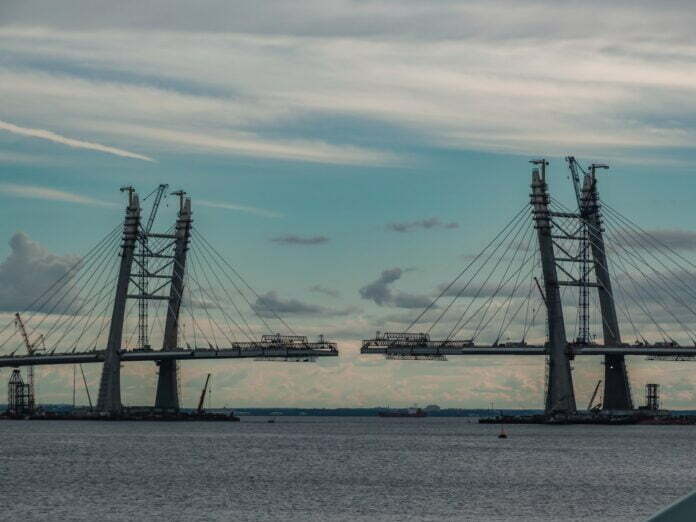Last year, Starbucks opened a sustainably built drive-through cafe in Abbotsford, British Columbia, about an hour southeast of Vancouver. The store was the first of its kind, built in six days with almost no construction waste, and the components—the walls, floor and roof—were precision machined to form an airtight seal when assembled. The makers of the design say it is expected to cut heating and cooling needs by 30 percent, reducing the store’s carbon footprint.
This Starbucks store was built by Nexii Building Solutions, a Vancouver-based construction technology start-up that has become a rising star in the growing green construction industry. Nexii was founded in late 2018 by entrepreneur Stephen Sidwell, now the company’s chief executive. The company achieved “unicorn” status — a valuation of more than $1 billion — in 31 months, the fastest company to do so in Canadian history, according to Nexii.
While we don’t often associate climate change with buildings and construction, they are responsible for nearly 40 percent of global energy-related carbon emissions according to the United Nations. About 30 percent of these emissions come from construction activities (mainly heating, cooling and lighting), and another 11 percent is “embodied” carbon, or carbon released during the building process itself.
Sidwell created Nexii after being introduced to Ben and Michael Dombowsky, brothers who are both inventors and have worked in construction since the 1970s. Over the years, the brothers suffered from the rampant waste and inefficiency in the industry and, more recently, their impact on the climate.
Michael Dombowsky, now vice president of building technology at Nexii, experimented for many years with various efficient construction techniques before creating what eventually became Nexii’s proprietary building system. It involves prefabricating panels for use as part of walls, floors and roofs in a factory and then sending them to a construction site. There, a small team quickly assembles the components into a building. Nexii, who uses its own data and data from Starbucks store development team, has found that this method is 75 percent faster than it normally takes to build these stores, said Gregor Robertson, the executive vice president for strategy and partnerships at Nexii and a former mayor of Vancouver.
The building system is based on advanced technology, in particular the use of: 3D modeling software which ensures a very accurate production.
“Building design software has advanced tremendously in recent years,” says Robertson. “So we can use augmented reality to walk on a screen through an entire building and look at every little detail to make sure everything fits together very precisely.”
The digital 3D plans are then sent to a factory, where the panels are produced to exacting specifications.
“In the past, construction firms built a mini-model or built directly from paper plans, solving problems or errors that occurred during construction,” said Mr. Robertson. With 3D modeling, all problems arise virtually and are solved long before construction begins.










